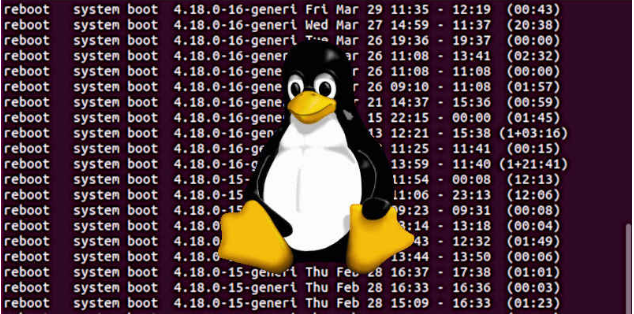This ever-changing malware duplicates itself in numerous ways
If you’re a fan of movies with shape-shifters in them, a polymorphic virus might be entertaining to you. But for everyone else, this kind of ever-changing computer virus is not enjoyable at all.
What is a Polymorphic Virus?
By definition, polymorphic means something that occurs in multiple forms and can be changed as needed. In computers, the term can be used to describe programming routines that use variables of different types at different times. Developers use polymorphic routines all the time to make all kinds of things run better, faster, and smarter.
A polymorphic virus, however, is not so useful. It is a relentless type of malware that can adapt to almost any kind of computer defense you use. It can replicate endlessly, change its characteristics over and over again, and outwit a large number of antivirus programs.
Research by Webroot indicates that nearly all of today’s viruses contain polymorphic aspects. Versions of this type of virus were first was discovered in the early 1990s and hackers quickly took notice of the way it could help them. By 2015, it took both FBI and Europol combined to bring down a botnet that was using a polymorphic virus to change itself up to 19 times a day to control about 12,000 private computers around the world. All this, of course, was unknown to the computer owners.
How Does a Polymorphic Virus Work?
A polymorphic virus can work in many different ways, since there are so many ways to attack a computer, then nearly unlimited ways to avoid detection once the virus infects a device. This kind of virus can evade pattern-matching detection software typically used by antivirus providers, which makes it difficult for the antivirus to recognize the malware as a threat and blacklist it. There is no single way that a polymorphic virus works.
At its core, however, a polymorphic virus encrypts and encodes itself to make it appear different even though it technically stays the same the entire time. It’s sort of like taking a fingerprint and changing a tiny part one line in it: It’s still the original fingerprint; it just looks a little different. That tiny difference, however, is what can confuse antivirus programs trying to track it down.
How Do I Know If I Have This Kind of Virus?
Because a polymorphic virus can come in almost any virus form, you’ll need to pay close attention to your computer and what it’s telling you. Maybe your system suddenly slows down significantly or you start seeing odd requests from your computer for passwords or sensitive information. You could see your web browser suddenly taking you to sites you didn’t ask for or pop-up ads blowing up your screen on sites that don’t normally use those types of ads.
You could even see the blue screen of death or your computer might not let you access files and documents you need. There are thousands of viruses released daily so any time you notice anything odd, run an extra check with your antivirus software.
How Did I Get a Virus Like This?
You could have gotten it from anywhere, really. Email attachments, for instance, are notorious for carrying viruses. So are freeware sites that allow you to download software free of charge. Perhaps you visited a website and didn’t realize it wasn’t a legitimate site so you clicked a few links before leaving it. You might even have clicked on a pop-up ad that seemed perfectly harmless. If you know the name of the specific virus you’ve contracted, you can sometimes track down the source more quickly. However, the bottom line is that any internet or email activity puts you at risk.




